Flour Crops
Yellow Corn
Yellow corn is a significant resource of Vitamin A. As corn kernels mutated from white to yellow, they acquired chemicals called cartenoids. Of these cartenoids is beta carotene, which produces Vitamin A. Very little attention has been emphasized on yellow corn’s significant beta carotene levels until the early 21st Century. Yellow corn, easy to grow in developing regions of Africa and Latin America, where corn is heavily relied upon as a food source, could actually keep millions of children from going blind. Yellow corn is now being bred to have at least 10 times higher the amount of beta carotene than average sweet corn varieties.
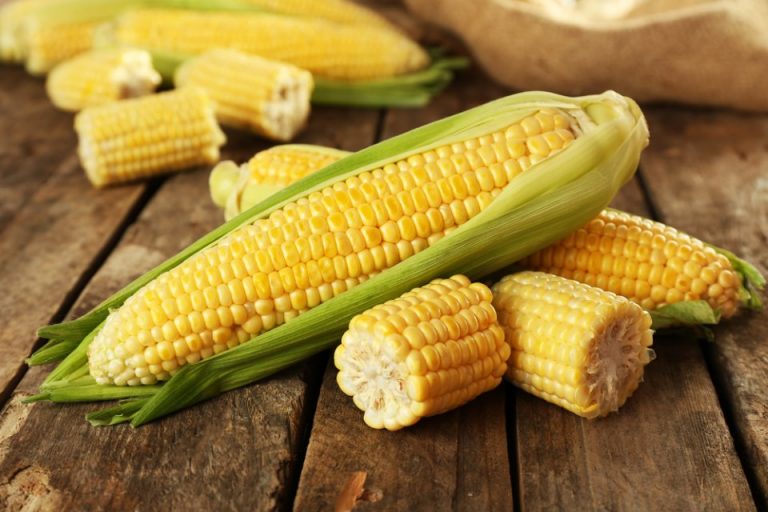
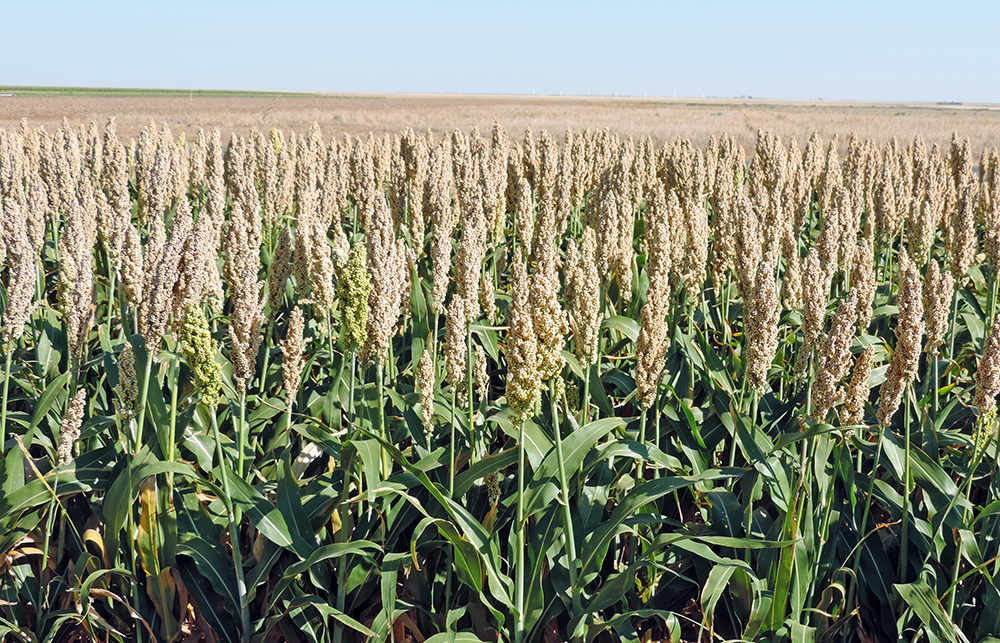
White Sorghum
Whole sorghum grain—with its dense, chewy texture—makes the perfect gluten-free substitute for couscous, bulgur, and/or pearled barley in soups and side dishes. It can also be popped like popcorn for a hearty, nutty-tasting snack. One serving of raw sorghum offers four grams of protein and three grams of dietary fiber.
How to Cook White Sorghum
Rinse one cup sorghum grain. Place in a pot with three cups water or stock. Bring to a boil; cover, reduce heat and simmer until tender, 50-60 minutes. Drain excess liquid.
Chickpeas
Arabic Gum
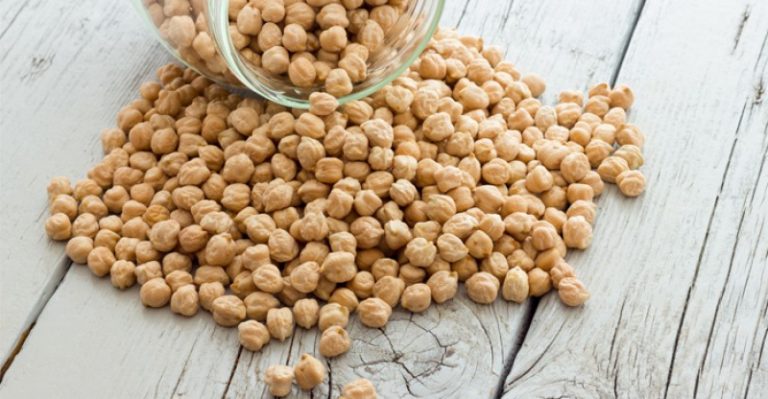
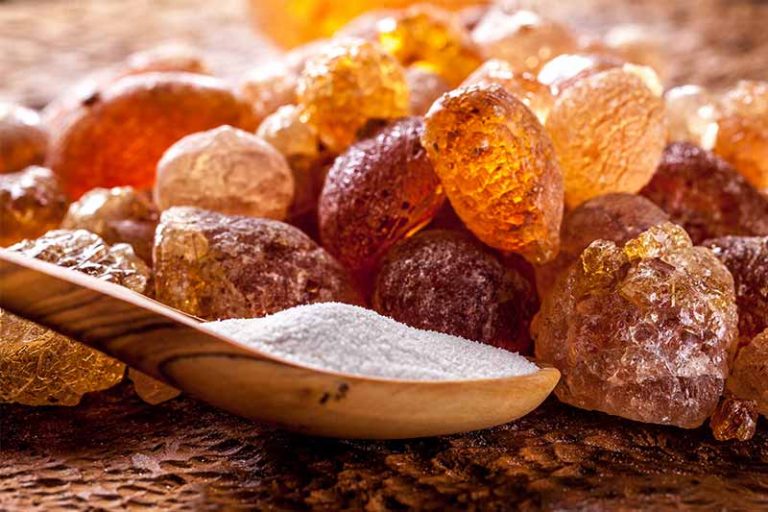
Ompas
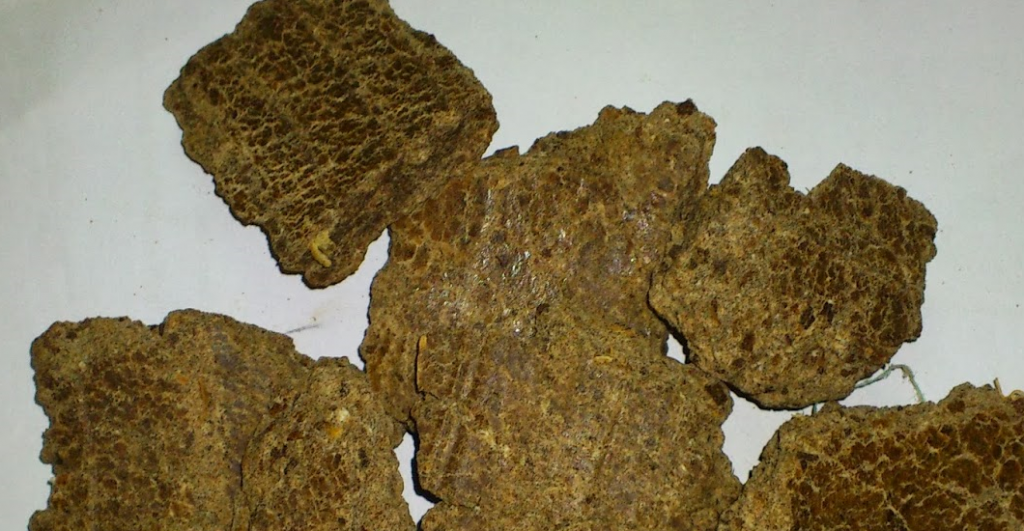
Peanut meal is the by-product obtained after the extraction of oil from peanut seeds (also called peanuts) (Arachis hypogaea L.). It is a protein-rich ingredient that is widely used to feed all classes of livestock. Peanut meal is the sixth most common oil meal ingredient produced in the world after soybean meal, rapeseed meal, sunflower meal, cottonseed meal and palm kernel meal (USDA, 2016). Peanut meal is generally considered as an excellent feed ingredient due to its high protein content, low fibre, high oil (for expeller meal) and relative absence of antinutritional factors. It is often the default high protein source in regions where soybean meal is too expensive or not available. However, aflatoxin contamination remains a serious issue, particularly for peanut meal produced from seeds grown in smallholder systems (see Potential constraints on the “Nutritional aspects” tab). After the aflatoxin crises in the 1960-1970s, exports to developed countries nearly stopped and the product is now mostly used in the countries of production.
Oil crops
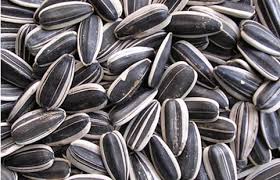
Sun Flower
The Sunflower is a flower crop that grows from Sunflower Seeds after 8 days. Unlike other flowers, they don't affect the type of Honey produced by nearby Bee Houses. Harvesting a sunflower will drop 1 Sunflower, and 0-3 Sunflower Seeds. In quantity, the total seed drop often numbers around 75% to 90% of the count of sunflowers harvested.
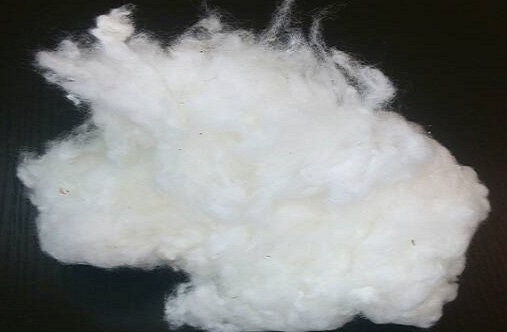
Cotton
Cotton is a soft, fluffy staple fiber that grows in a boll, or protective case, around the seeds of the cotton plants of the genus Gossypium in the mallow family Malvaceae. The fiber is almost pure cellulose. Under natural conditions, the cotton bolls will increase the dispersal of the seeds. The plant is a shrub native to tropical and subtropical regions around the world, including the Americas, Africa, Egypt and India. The greatest diversity of wild cotton species is found in Mexico, followed by Australia and Africa.[1] Cotton was independently domesticated in the Old and New Worlds.
Peanut oil
Peanut oil, also known as groundnut oil or arachide/arachis oil, is a mild-tasting vegetable oil derived from peanuts. The oil is available with a strong peanut flavor and aroma, analogous to sesame oil.
It is often used in American, Chinese, South Asian and Southeast Asian cuisine, both for general cooking, and in the case of roasted oil, for added flavor.
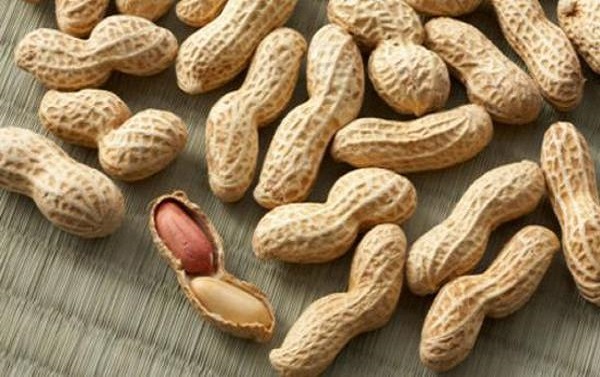
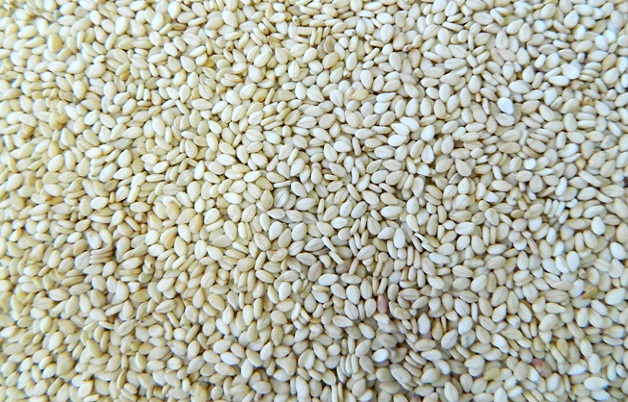
White Sesame
One of the oldest in the history of spices, this tiny seed is full of flavor, crunch, and even health benefits. The scientific name for sesame seed is Sesamum indicum. The name sesame seed comes from the Greek word sesamon. It is used frequently in Middle Eastern, Asian, Mediterranean, and northern African cooking. You will find that sesame oil is an extremely important ingredient for some countries, with Japan being the country with the highest interest in importing the oil.
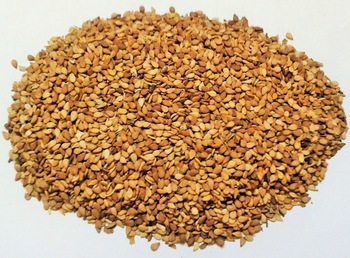
Red Sesame
We bring forth the pure quality Red Sesame Seeds, which has high nutritional content hence proves beneficial for health. Red Sesame Seeds, which are certified by KOSHER, are commonly used in various cuisines to enhance the taste of the dishes. We are the renowned manufacturer and exporter of Red Sesame Seeds
Fruits
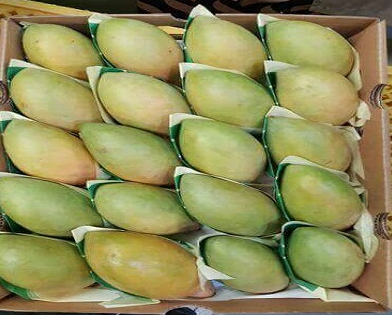
Mango
Mangoes are juicy stone fruit (drupe) from numerous species of tropical trees belonging to the flowering plant genus Mangifera, cultivated mostly for their edible fruit.
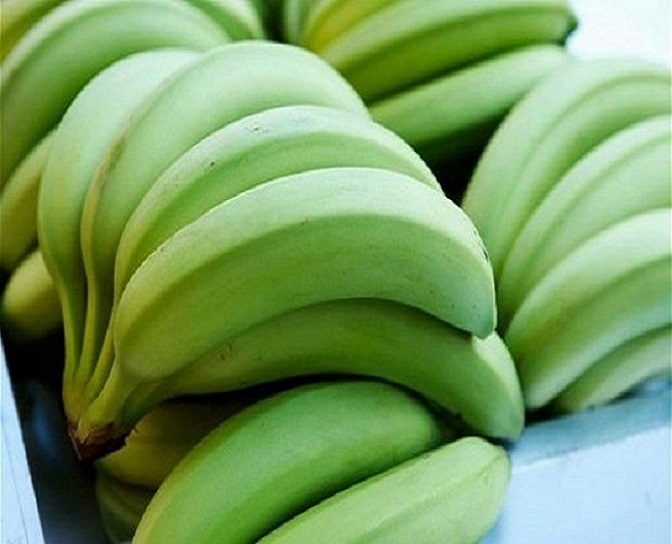
Banana
A banana is an edible fruit – botanically a berry – produced by several kinds of large herbaceous flowering plants in the genus Musa. In some countries, bananas used for cooking may be called "plantains", distinguishing them from dessert bananas.
